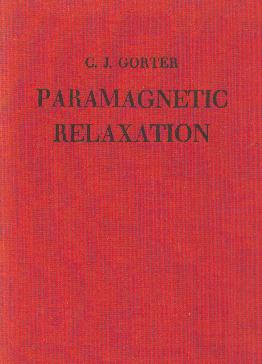
The greater part of the present monograph was written during the winter of 1944-45 known in Holland as "starvation winter". At that time the densely populated Western part of the Netherlands was cut off from the South by the fighting-line and from the East by a broad zone of German military posts. Owing to the German drives for slave-workers it was often risky for men under forty to go about in the streets; only very urgent duties and the necessity to procure food or wood for fuel could induce them to leave their houses. In spite of this, however, scientific work was continued here and there. In the Zeeman Laboratory of the University of Amsterdam enough fuel was left for one room to still be heated, so that this building remained one of the few centres where research work was carried on. The news supplied clandestinely by the radio, run on the batteries of the laboratory, constituted also an attraction to the scientific and technical personnel. Owing to the absence of electricity and gas activities were mostly of a theoretical nature: writing theses, discussing theoretical problems, designing, calculating and working out previous observations. Though from an objective point of view the value of this work was perhaps not outstanding, it helped people to rid themselves for a time of the daily obsession and anxiety about food, warmth and the slow progress of the war and to hold their own as self-respecting scientific workers.
After the Liberation, there was so much other work to do that it took some time before the last chapter was written and the whole had been revised.
C.J. Gorter, Leyden, November 1946